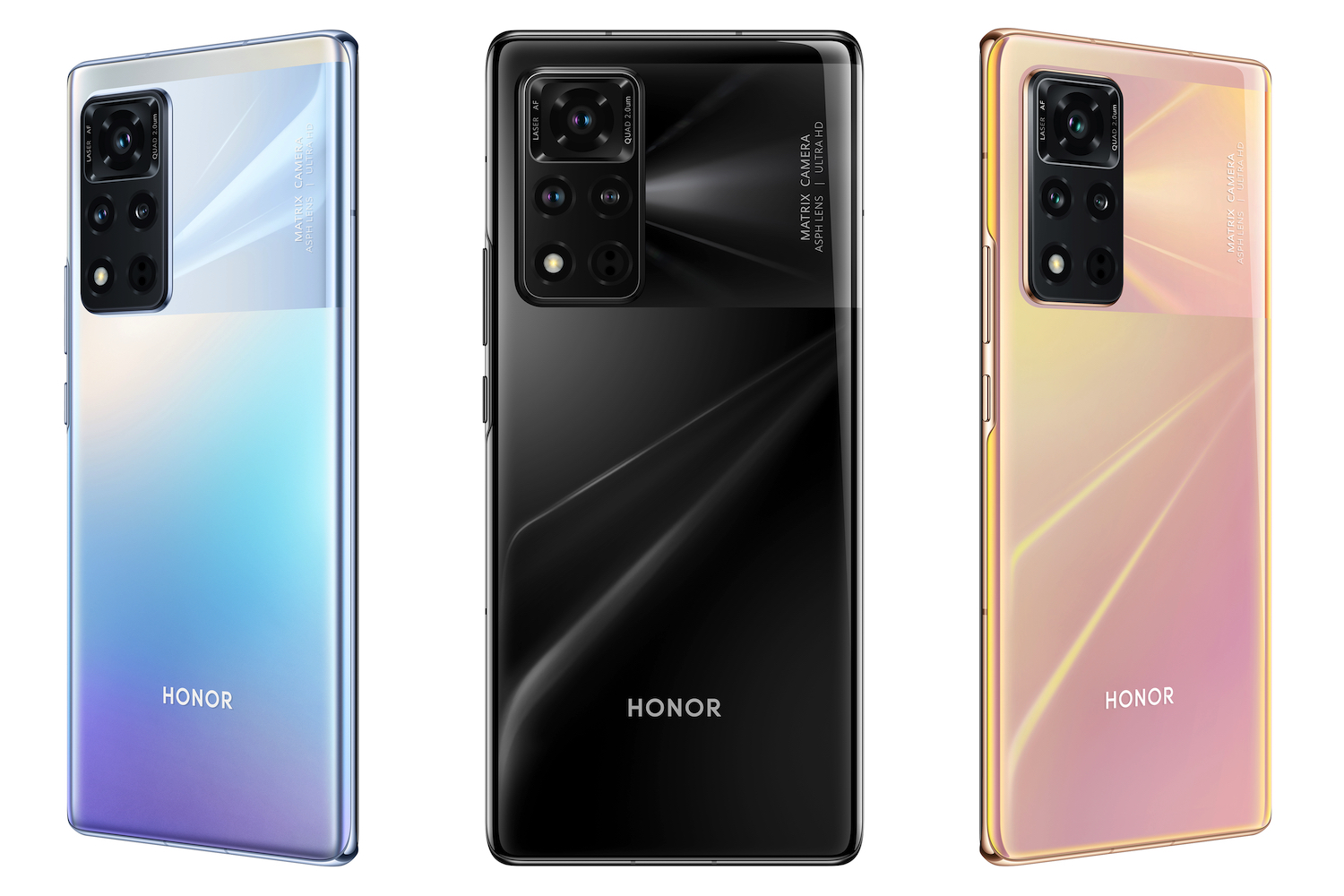Honor has announced its first new smartphone since the company was sold by Huawei, the Honor View40, and with it has outlined its plans for the future. When with Huawei, Honor always positioned itself as a “young” brand, concentrating on building hardware that appealed to smartphone newcomers who were into tech, but didn’t have the budget for a very expensive phone.

In its new mission statement, Honor doesn’t mention a youth audience at all, which compared to its Huawei days is unusual. Instead, CEO George Zhao — who continues his leadership of the company — says it is striving to become, “a global iconic tech brand by offering innovative, high-quality products with proven reliability.”
Not everything has changed now Honor is an independent agent though. The brand will continue with the 1+8+N product strategy developed by Huawei, which refers to an ecosystem built around the smartphone, associated connected hardware like smartwatches and
What about the Honor View40? The design from the front is reminiscent of the Huawei P40 series with its pill-shaped selfie camera cutout and very curved screen sides, while the rear has an oversize camera module giving the device a new look for the brand. The screen measures 6.72-inches and has a 2672 x 1236 pixel resolution, a 120Hz refresh rate, and a 300Hz touch response rate, plus HDR10+ support.
The camera array is headlined by a 50-megapixel main camera with an f/1.9 aperture, and joined by an 8MP ultra-wide camera and a 2MP macro camera. Despite the size of the selfie cam cutout, it’s filled with a single 16MP camera. A 4,000mAh battery with 66W fast charging and 50W wireless charging provides the power. Interestingly, Honor has chosen to work with MediaTek on the processor, and the View40 has a Dimensity 1000+ 5G chip inside, with 8GB of RAM and 256GB of storage space.
Huawei sold Honor to ensure the brand’s survival while it continues to be affected by restrictions placed on it by the U.S. government. It’s hoped that by splitting with Huawei, Honor will have access to the components, and Google Mobile Services for future devices, that it currently does not. It’s not clear whether this will happen. The View40 has Android 10 with Honor’s Magic UI 4.0 over the top, but because it has only been announced for China it wouldn’t come with Google Play or GMS anyway.
The Honor View40 will be available in China from January 22 and start at the local equivalent of $555. There’s no information on an international launch yet, but the statement that it intends to be a global tech brand suggests something will come in the near future.
Editors' Recommendations
- Honor just launched a phone that could kill the Galaxy S24 Ultra
- OnePlus gives us our first look at OxygenOS 13, and the phones getting it
- The Magic’s back at Honor, as brand returns with its Magic 3 series smartphones
- The best Huawei P40 Pro cases and covers
- Huawei P50 may be the first smartphone to launch with HarmonyOS



